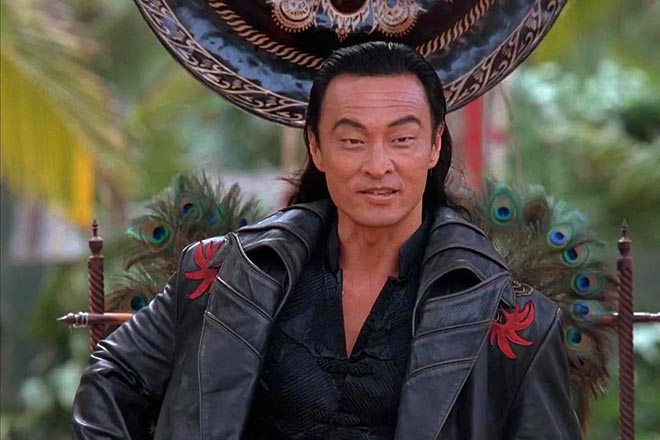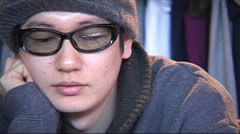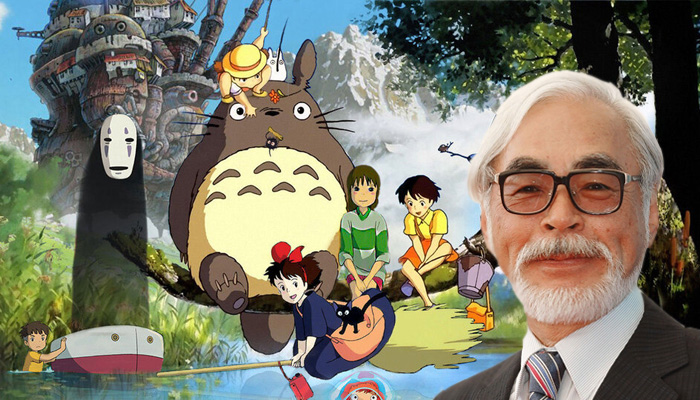Uncategorized
Hiroyuki Sanada
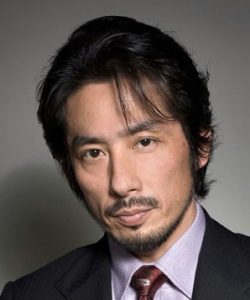 Hiroyuki Sanada (Hiroyuki Sanada) – Japanese actor, in demand not only in the homeland, but also in Hollywood. Known for the films “The Shadow Samurai”, “The Last Samurai”, “Rush Hour 3”, “Hell”, “Call”, the television series “Lost.”
Hiroyuki Sanada (Hiroyuki Sanada) – Japanese actor, in demand not only in the homeland, but also in Hollywood. Known for the films “The Shadow Samurai”, “The Last Samurai”, “Rush Hour 3”, “Hell”, “Call”, the television series “Lost.”
Hiroyuki was born on October 12, 1960 in Tokyo. Acting craft, a young man comprehended under the guidance of the famous Japanese actor Sonny Chiba in Japan Action Club. Within the walls of this institution, Hiroyuki Shimosawa changed his last name to the pseudonym Sanada. For the first time in the movie, Hiroyuki starred at the age of 14, playing a rather large role in the drama “The Executioner” (1974), where his teacher Sonny Chiba played the main role. The legendary actor in many ways became the guide of the young Hiroyuki to the world of Japanese cinema. So, at the age of 18, Hiroyuki appeared in another film with Chib in the title role – the fantastic action movie “Message from Space” (1978).
It should be noted that from a young age, Sanada planned to play action films, so the student underwent impressive training in basic martial arts. Therefore, it was not difficult for a young Japanese to play the action Continue reading
Ken Watanabe
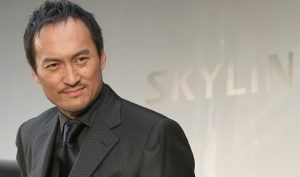 Ken was born on October 21, 1959 in a small mountain village in Niigata Prefecture. Ken’s parents were teachers, but their two children preferred cinema: Ken’s sister, Yuki Watanabe, also an actress. Ken Watanabe was born in Japan. Domestic stars over 50 without makeup (photo) For some time, Watanabe learned to play the trumpet, but due to lack of musical abilities, he did not succeed. In 1982, he chose theatrical activity for himself and, without any professional education and courses, joined the theater troupe En. In the same year, he first played the main role of a samurai in the television movie “Mibu no koiuta”, and in 1984 he first appeared in a feature film (“Children of Mac Arthur”) in the same role. Since then, the role of the samurai for several years has become the main one in the actor’s movie life. Continue reading
Ken was born on October 21, 1959 in a small mountain village in Niigata Prefecture. Ken’s parents were teachers, but their two children preferred cinema: Ken’s sister, Yuki Watanabe, also an actress. Ken Watanabe was born in Japan. Domestic stars over 50 without makeup (photo) For some time, Watanabe learned to play the trumpet, but due to lack of musical abilities, he did not succeed. In 1982, he chose theatrical activity for himself and, without any professional education and courses, joined the theater troupe En. In the same year, he first played the main role of a samurai in the television movie “Mibu no koiuta”, and in 1984 he first appeared in a feature film (“Children of Mac Arthur”) in the same role. Since then, the role of the samurai for several years has become the main one in the actor’s movie life. Continue reading
Toshiro Mifune
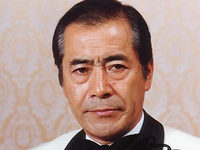 Here is the scenario for a movie someone should make. If they can get Toshiro Mifune for it, he’d be terrific as the lead:
Here is the scenario for a movie someone should make. If they can get Toshiro Mifune for it, he’d be terrific as the lead:
September, 1945. The war has just ended and Japan is in ruins. A young man, twenty five years old, discharged from the defeated Imperial Air Force leaves the rural air base in Kyushu where he had been stationed. What next? Where should he go? Born and raised in Manchuria, he had never lived in Japan. Although Japanese, he was a stranger in an alien land. His parents were dead, he had no relatives he knew about, no home to return to, no one to take him in. Back in middle school he had helped out around his father’s studio in china, and as a flier he’d done some aerial photography during the war. Maybe he could find work as a photographer in Tokyo. Continue reading

